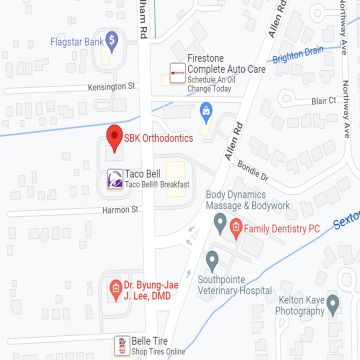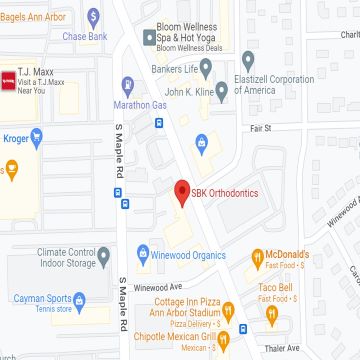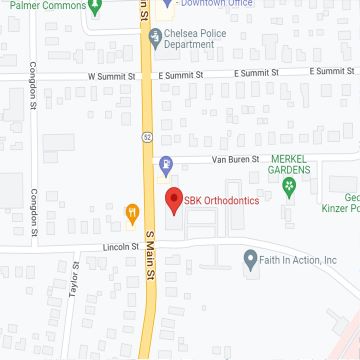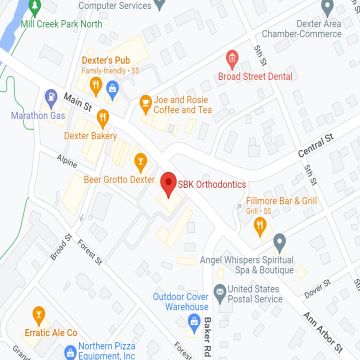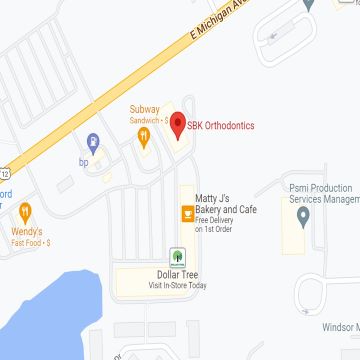3D Scanning and Printing in Orthodontics

Technology advancements have reached orthodontics as we never experienced before. If you think of orthodontic appliances, for instance, they evolved in the last five decades as they haven’t done in a thousand years.
Although braces have existed for more than a hundred years, it was only in the seventies that orthodontists started cementing braces on teeth, and the first lingual braces appeared.
Moreover, pain, discomfort, self-consciousness, and uncleanliness were at the forefront of orthodontic treatment during its developmental years. However, the progression to null these considerations has advanced stupendously lately.
Fortunately for patients, all problems linked to old-school orthodontic treatment have been addressed and overcome. In fact, they got to the point patients don’t need to get a single plaster impression of their mouths anymore.
Also, orthodontists can perform a detailed analysis and planning of your orthodontic treatment with the help of 3D scanning imagery (digital impression) and 3D appliance printing, which means technology has reached orthodontics and is here to stay.
How Does 3D Imagery Work on Orthodontics?
It might have happened to you, going to the dentist and her telling you about having a plaster impression before getting a tooth filling. Then she prepares a guard with alginate impression materials and places it in your mouth, and you get a gag reflex and discomfort when she tries to get it out.
The great news is that, instead of having those huge guards in your mouth, now your orthodontist obtains a comfy and quick 3D impression with a scanner. As a result, those plaster impressions are becoming obsolete since patients can now enjoy advanced technology in all areas of the process.
Invisalign’s technological advancements include three-dimensional imaging technology with a detailed 3D figure that provides the orthodontist with a model that shows the entire mouth structure.
The image displays the gums and teeth characteristics. The specialist can zoom in and out to reveal minimal fine points with software to analyze misalignments and plan the orthodontic treatment.
After a thorough analysis, the orthodontic specialist sends the digital scan and its evaluation to Invisalign, which proceeds to manufacture clear aligners based on enhanced 3D digital images.
It all sounds pretty good, but besides comfort, what are all the benefits of incorporating technology in all areas of orthodontics and especially in imagery:
Confidence
Looking at the images and noticing your treatment relies on sophisticated technology rather than antiquated methods enhances patients’ confidence improving the patient experience.
Improved Outcome
Alginate impressions might have subtle deformations when the specialist detaches them from the dental arch. These changes might pass unnoticed and reveal a distorted picture of your teeth and gums.
Convenient Experience
Patients don’t have to go through the gagging experience of having those big trays full of plaster in the mouth.
Cleaner Experience
Plaster gooey material dries and sticks in the patient’s face, or residues fall on its clothes.
Shorter Appointments
Scanning takes less time than working with a plaster-type impression.
Efficiency
The transmission of results to the manufacturing of the appliances is immediate, and patients get their Invisalign clear aligners quickly.
Accuracy
The accuracy of 3D impressions with the iTero Scan improves accuracy in diagnostic, detailing, and guards production, enhancing aligners fitting and subsequently improving treatment outcome.
Eliminates Reprocessing
It is ok going to the orthodontist’s office and get plaster impressions. However, sometimes, the orthodontist needs to retake the impression. So, receiving a call saying you must come back is not ok.
A Safe Experience
The iTero scan device does not expose patients to harmful radiation.
How Does Invisalign Work?
The journey starts with you going to SBK Orthodontics. Here we will develop an orthodontic plan designed specifically for you. The first step is to get a digital scan of your entire mouth with intraoral scanners that get images of your bite and smile using a non-invasive technique.
Once your SBK orthodontist obtains the digital images, he maps out the complete orthodontic treatment plan. Next, your SBK orthodontist reviews the digital images, moving them in various angles to study the entire structure, sampling and resizing the images moving through specific teeth with modern techniques rather than using a cast mold.
You must remember that each orthodontic plan differs according to each patient’s needs (malocclusion), so treatment times vary from patient to patient. However, you will have an estimated timeframe for your treatment on that visit.
Your SBK orthodontist transmits the image to Invisalign labs. The Invisalign facility labs use digital images to make a 3D print of your trays. You should know that Invisalign is the most significant user of 3D printers in orthodontics technology worldwide.
Then, Invisalign will send your appliances to your SBK orthodontist, who will call you for a fitment visit to check any potential inconvenience thoroughly. However, and good for you, the clear aligners have a detailed elaboration procedure with trimmed edges according to your gumline border, enhancing comfort.
During your treatment, you will receive different sets of Invisalign aligners. Every set of aligners will help you get your teeth straightened up progressively until the final goal, a functional and beautiful smile.
Your SBK Orthodontics Experience
SBK Orthodontics is a Diamond Invisalign Provider. You can set up an appointment at your convenience in Chelsea with our team, ranked in Invisalign’s top 1% nationwide providers. Our doctors and staff will gladly develop a treatment plan that safely and efficiently helps you get a beautiful smile.




